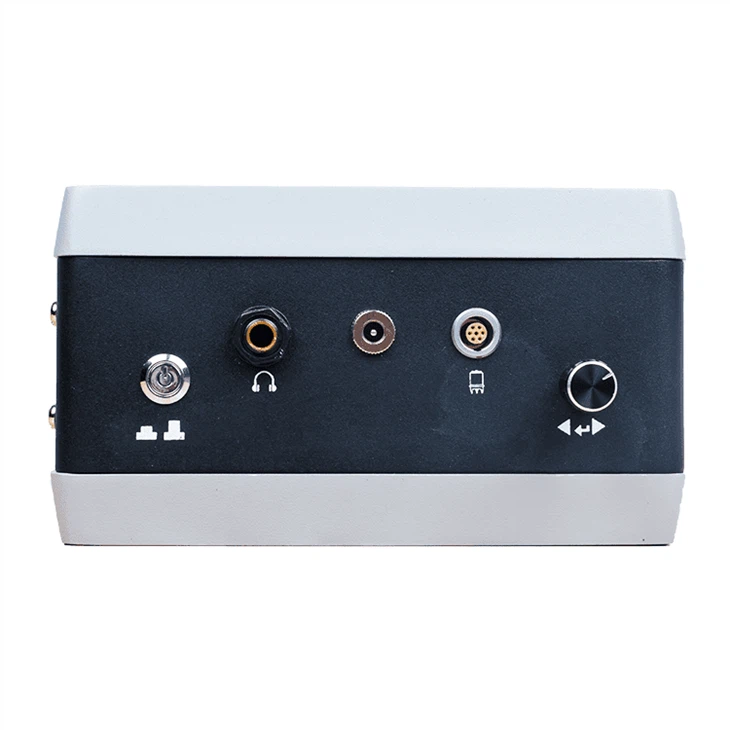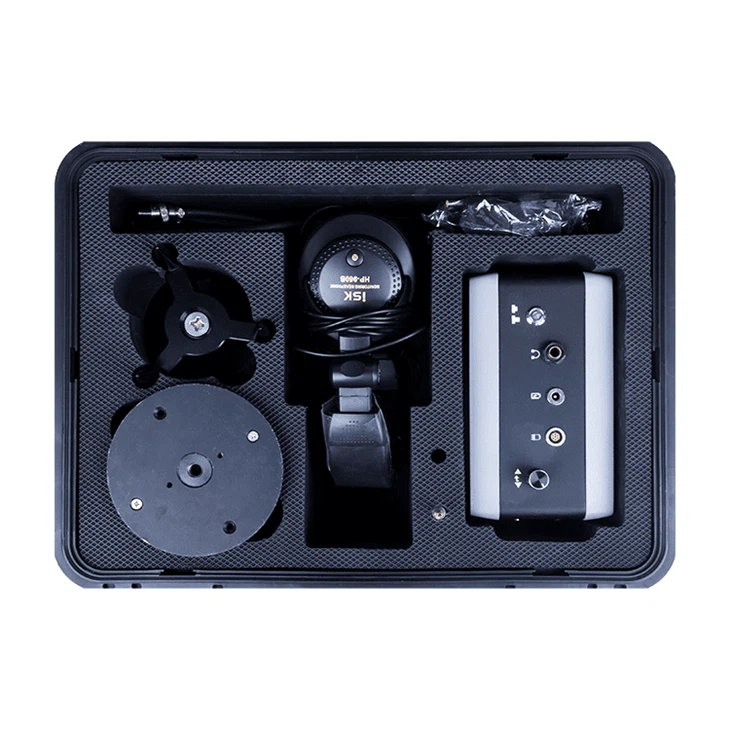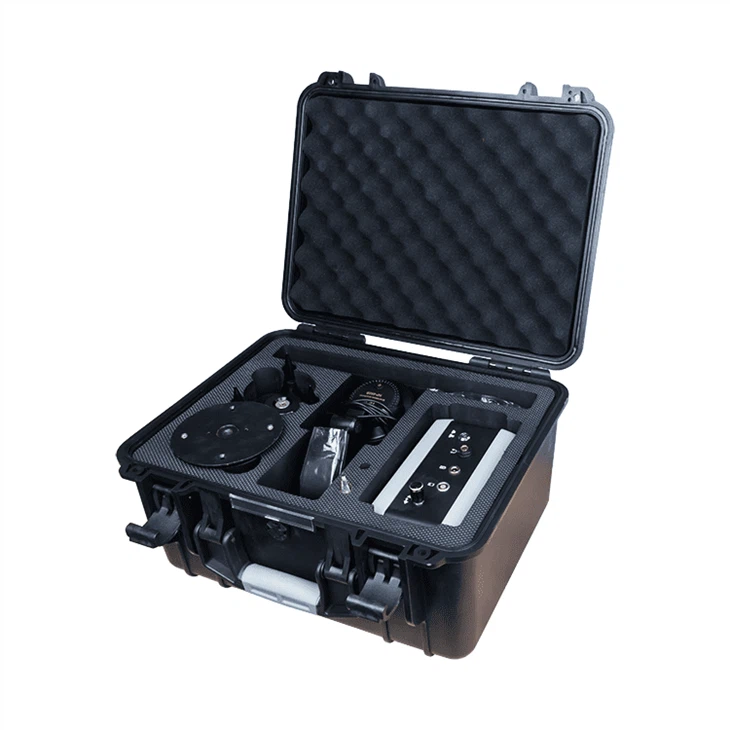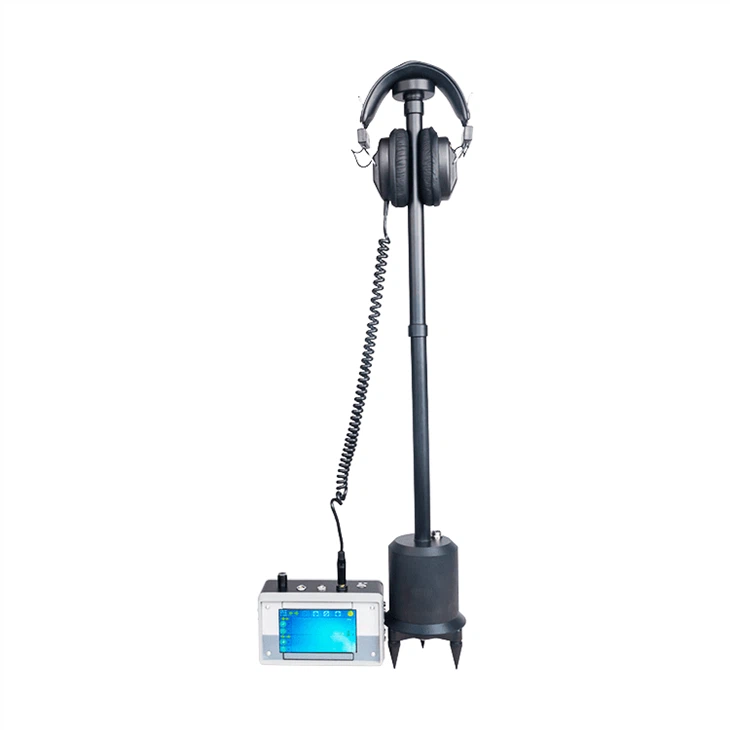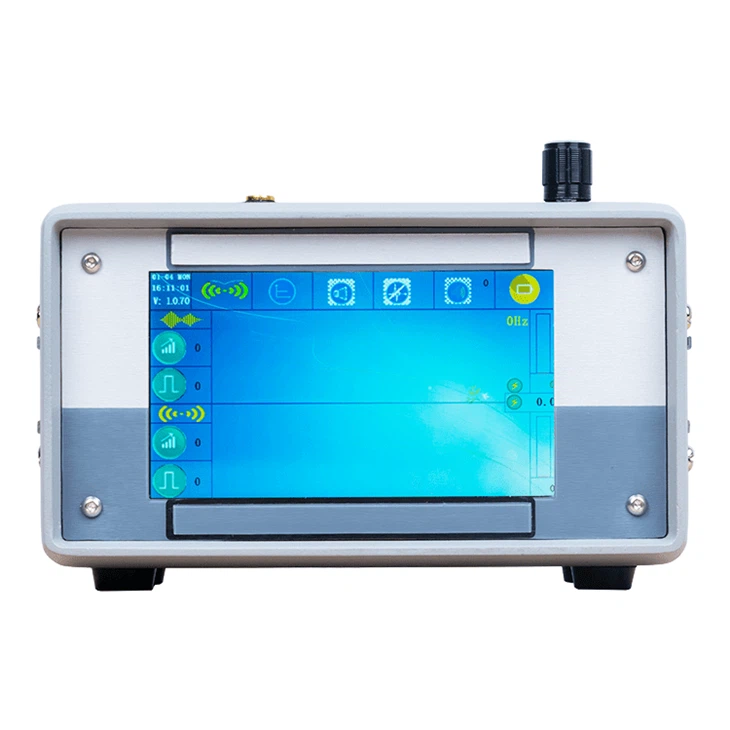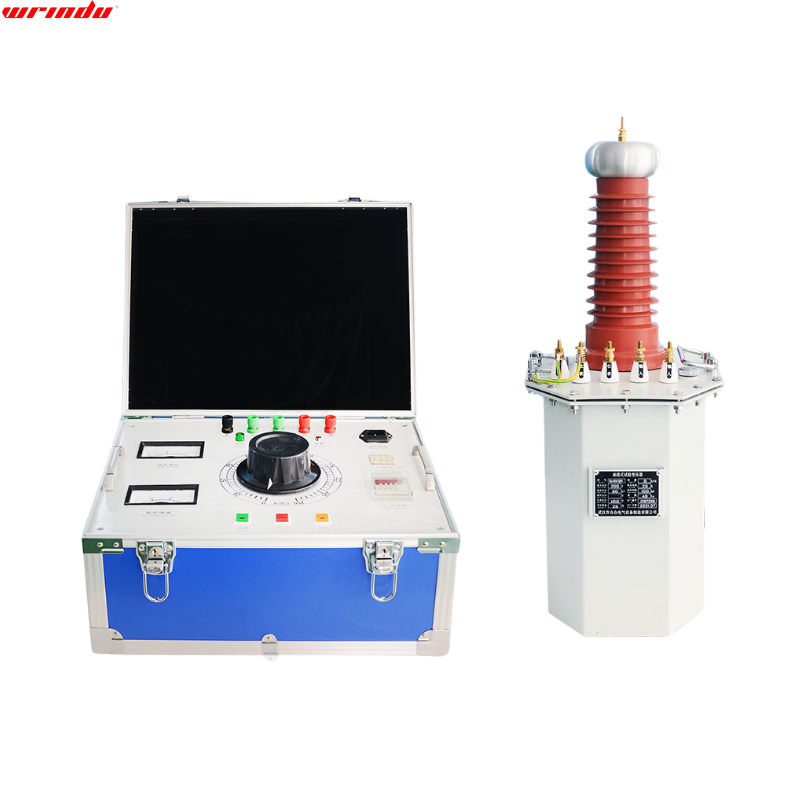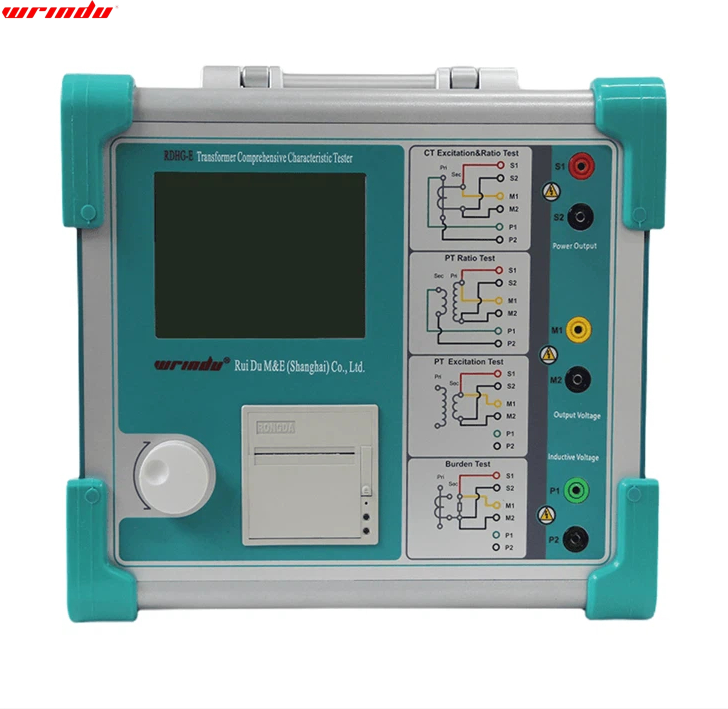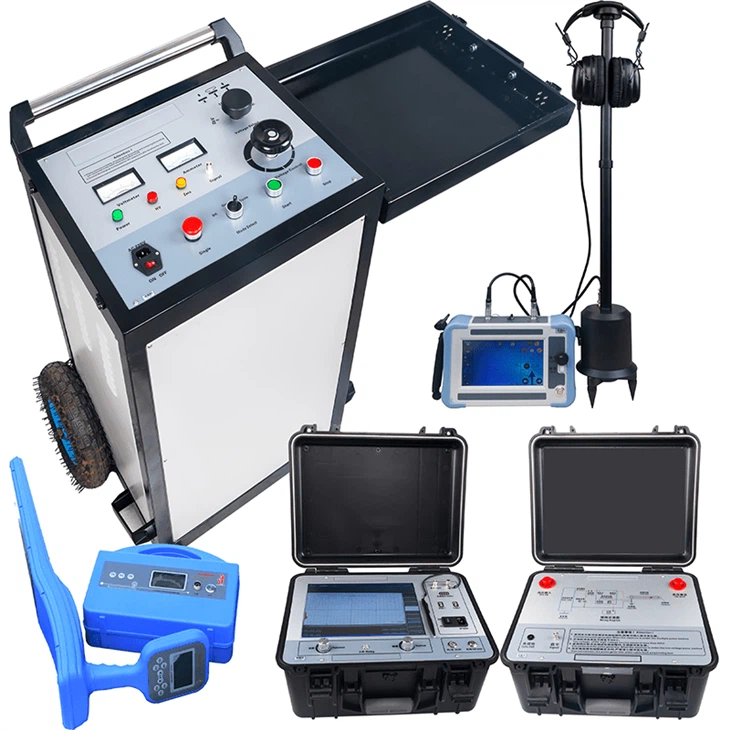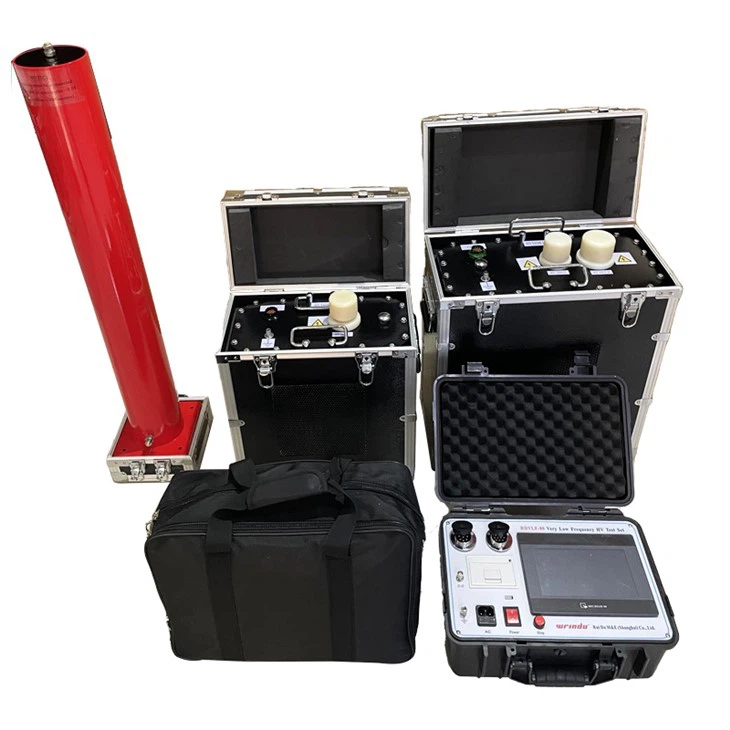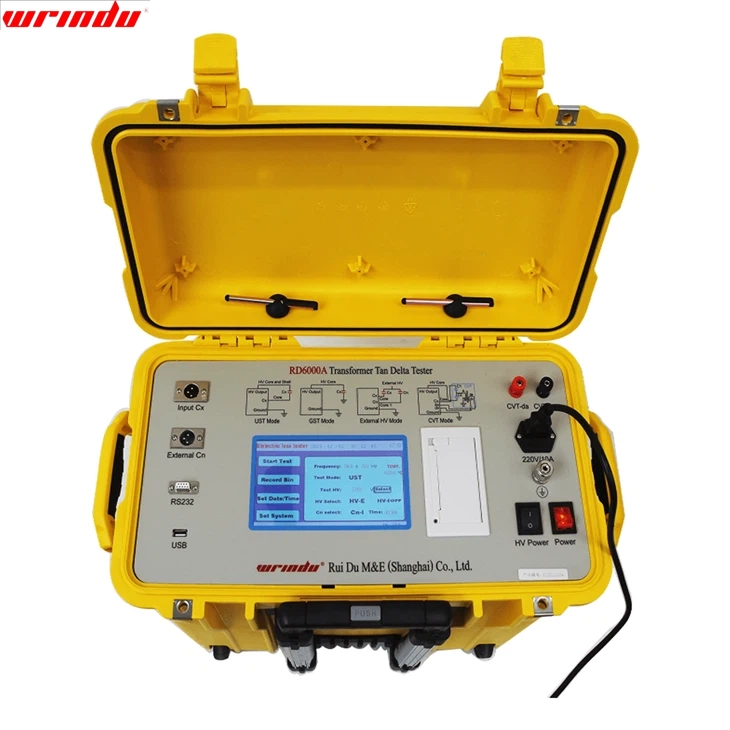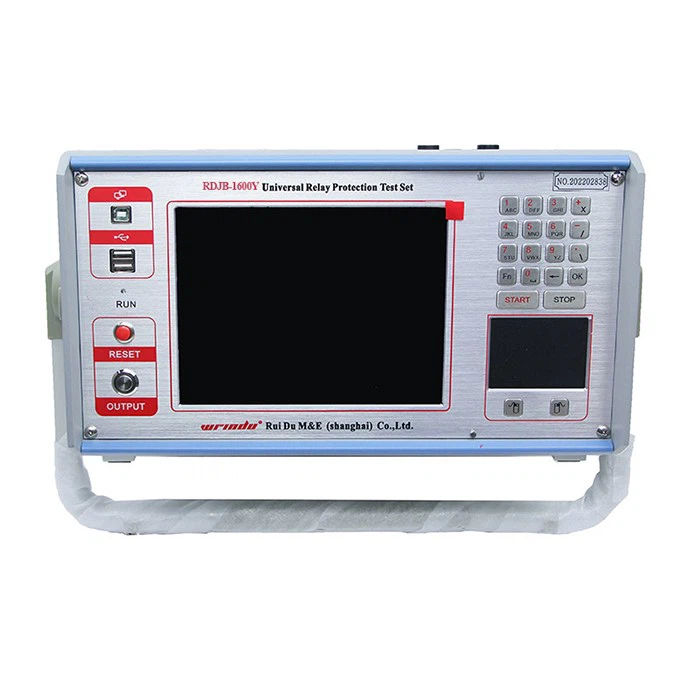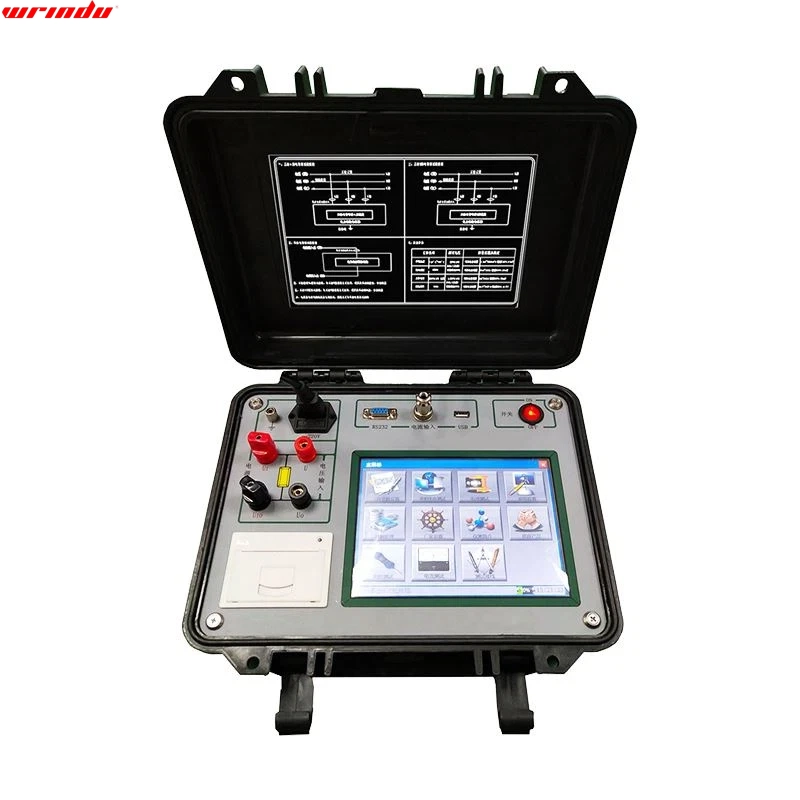OVERVIEW
The Cable Fault Finder uses acoustic-magnetic synchronization to precisely locate power cable faults. It generates electronic flashes and amplifies them through probes, allowing accurate fault pinpointing through auditory and visual cues. It refines fault locations within the cable’s rough test range, incorporating advanced technologies like acoustic-magnetic time difference positioning and noise reduction. This Wrindu Cable Fault Finder offers various testing modes for efficient and precise cable fault localization.
CHARACTERISTIC
- Automatic sound-magnetic synchronization reduces sound reliance.
- Effective background noise reduction highlights fault discharge sounds.
- Combines traditional acoustic measurement with advanced acoustic-magnetic methods, allowing user preferences.
- Manual adjustments for sound and magnetic signal gain adapt to various environments.
- Features a 5-inch high-brightness touchscreen LCD for clear visibility.
- Equipped with a high-capacity built-in lithium-ion battery and a rapid charger.
- Compact and lightweight for easy portability.
FAQ
Q: What is an underground cable fault?
A: Underground power cable faults stem from manufacturing defects like voids and issues at conductor shield/insulation interfaces. Poor workmanship during cable laying, such as excessive pulling tension or surpassing minimum bending radii, also contributes to faults. Emphasizing stringent quality control in manufacturing and meticulous installation practices is crucial to mitigate the risk of cable faults and ensure the reliability of underground power systems.
Q: What is the most common cause of cable failure?
A: Common cable failures result from factors like mechanical damage, moisture exposure, electrical stress, aging, chemical contact, rodent damage, manufacturing defects, incorrect installation, UV radiation, and joint/termination issues. Regular inspections and proper maintenance are essential for preventing these problems and ensuring cable longevity.
Q: What is the fault current in a cable?
A: A fault current in a cable is the abnormal electric current that flows during a short circuit or ground fault. Its magnitude depends on factors like system voltage and circuit impedance. Calculating and managing fault current is vital for designing effective protective devices, and ensuring the safety and reliability of the electrical system.
Q: Why is cable testing needed?
A: Cable testing is vital for ensuring the quality, reliability, and safety of electrical systems. It verifies compliance with industry standards, identifies manufacturing defects, prevents hazardous conditions, and aids in troubleshooting. Regular testing is a key component of preventive maintenance, helping to maintain optimal cable performance and preventing potential failures.





